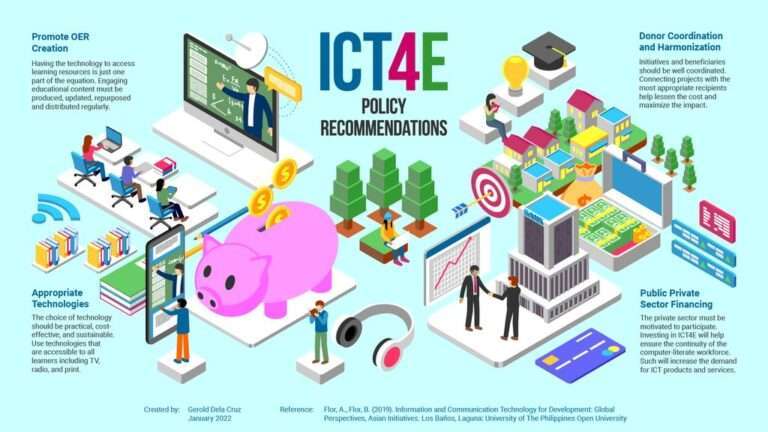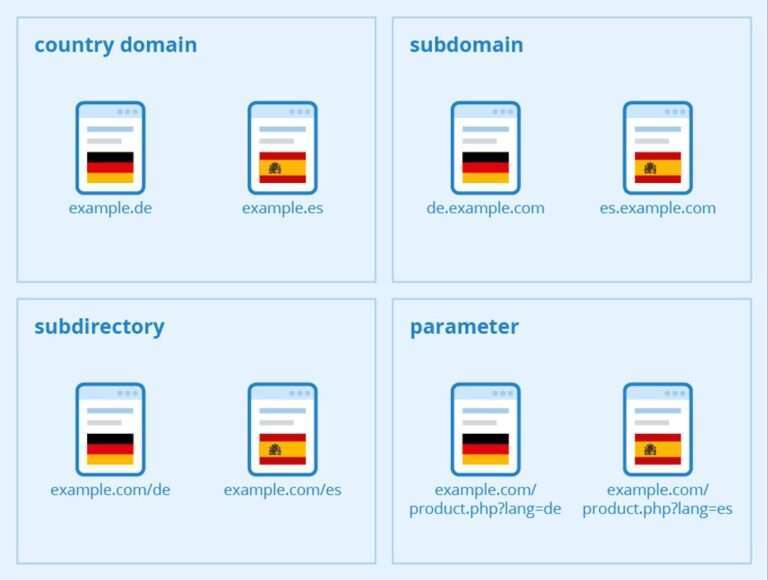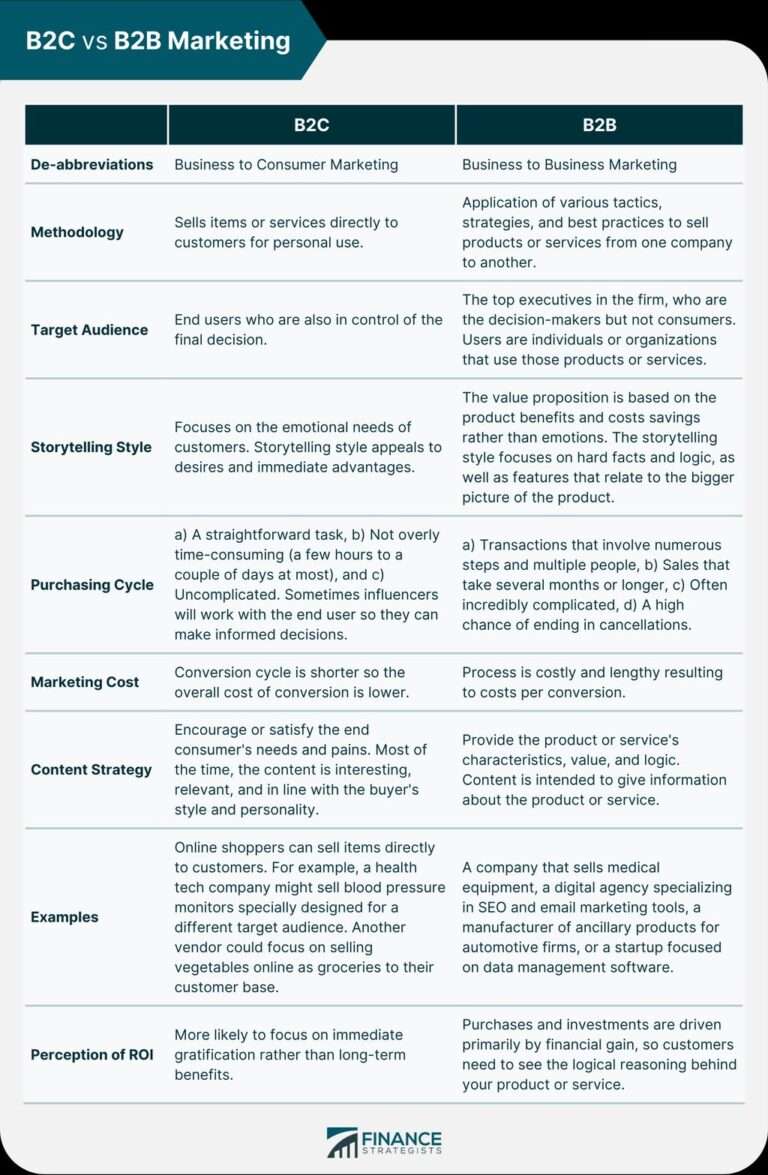What is Lead Generation?
Overview
What is lead generation?
Lead generation is the process of attracting and converting prospective customers into leads, who have shown interest in your product or service. It involves capturing their contact information, such as email addresses or phone numbers, through various marketing strategies. The ultimate goal of lead generation is to nurture these leads and guide them through the sales funnel, eventually turning them into paying customers.
Why is valuable content important for lead generation?
Valuable content plays a crucial role in lead generation. By providing relevant and informative content, businesses can attract and engage their target audience. Valuable content helps to establish credibility and expertise, positioning the business as a trusted source of information. It also helps to build trust and rapport with potential leads, increasing the likelihood of them taking the desired action. Additionally, valuable content can educate and address the pain points of the audience, offering solutions and demonstrating the value the business can provide. Overall, valuable content is an essential component of a successful lead generation strategy.
Benefits of generating leads through valuable content
Generating leads through valuable content offers several benefits for businesses. Firstly, it helps establish credibility and authority in the industry. By providing valuable information and insights, businesses can position themselves as experts and gain the trust of their target audience. This can lead to increased brand awareness and recognition. Secondly, valuable content can attract qualified leads who are genuinely interested in the products or services offered. This increases the chances of converting leads into customers. Lastly, generating leads through valuable content can also improve SEO. By creating high-quality content that is relevant and valuable to the target audience, businesses can improve their search engine rankings and drive organic traffic to their website.
Creating Valuable Content
Identifying your target audience
Once you have a clear understanding of your target audience, it is essential to identify their specific pain points. Conduct thorough market research and gather data to determine the challenges and problems your audience faces. This will allow you to create valuable content that directly addresses their needs and provides solutions. Additionally, consider creating buyer personas to further refine your understanding of your target audience and tailor your content accordingly. By identifying your target audience and understanding their pain points, you can develop content that resonates with them and effectively generates leads.
Understanding their pain points
When creating valuable content, it is crucial to understand the pain points of your target audience. These pain points are the problems or challenges that your audience is facing. By identifying and addressing these pain points in your content, you can provide solutions and value to your audience. This helps to establish your credibility and build trust with your audience, increasing the likelihood of generating leads. To understand their pain points, you can conduct market research, analyze customer feedback, and engage with your audience through surveys or social media interactions.
Developing content that addresses their needs
When developing content that addresses the needs of your target audience, it is important to research and understand their pain points. This will allow you to create valuable and relevant content that resonates with them. Additionally, consider using data-driven insights to identify the topics and formats that are most engaging to your audience. By addressing their needs and providing solutions, you can establish yourself as a trusted source of information and effectively generate leads.
Promoting Your Content
Utilizing social media platforms
Social media platforms provide a valuable opportunity to reach a wide audience and engage with potential leads. Facebook, Twitter, Instagram, and LinkedIn are just a few examples of platforms that can be utilized to promote your valuable content. By creating and sharing compelling posts, videos, and images, you can capture the attention of your target audience and drive them to your website or landing page. Additionally, social media platforms offer features such as hashtags, paid advertising, and analytics that can further enhance your lead generation efforts. It’s important to develop a social media strategy that aligns with your target audience and goals, ensuring that your content is seen by the right people and generates meaningful engagement.
Implementing SEO strategies
When it comes to implementing SEO strategies, there are several key elements to consider. Firstly, conducting thorough keyword research is essential to identify the terms and phrases that your target audience is searching for. This will help you optimize your content and website to rank higher in search engine results. Secondly, optimizing your website’s meta tags, headings, and URLs with relevant keywords can improve your visibility online. Additionally, building high-quality backlinks from reputable websites can boost your website’s authority and improve its search engine rankings. By implementing effective SEO strategies, you can increase your website’s organic traffic and attract more potential leads.
Collaborating with influencers
Collaborating with influencers can be a powerful strategy for promoting your valuable content and generating leads. Influencers have a strong following and credibility in their niche, which can help increase the visibility and reach of your content. By partnering with influencers who align with your target audience, you can tap into their network and leverage their influence to attract and engage potential leads. This collaboration can take various forms, such as guest blog posts, social media shoutouts, or co-creating content. It’s important to establish a mutually beneficial relationship with influencers and provide them with valuable content that resonates with their audience. Remember to track the performance of your collaborations and adjust your strategy accordingly.
Converting Leads
Creating compelling call-to-actions
Once you have captured the attention of your target audience with valuable content, it is important to guide them towards taking the desired action. Compelling call-to-actions play a crucial role in converting leads. These can be in the form of buttons, links, or forms that prompt users to sign up, download, or make a purchase. To create effective call-to-actions, it is essential to make them clear, concise, and visually appealing. Use action-oriented language and highlight the benefits of taking the desired action. Additionally, consider using social proof and urgency techniques to encourage immediate response. A well-designed call-to-action can significantly increase the conversion rate and drive more leads to your business.
Designing effective landing pages
When it comes to designing effective landing pages, simplicity and clarity are key. A clean and uncluttered layout helps visitors focus on the main call-to-action (CTA) and reduces distractions. Use compelling visuals and concise copy to convey the value of your offer and entice visitors to take the desired action. Incorporate trust indicators such as customer testimonials, case studies, and security badges to build credibility. Additionally, optimize your landing page for mobile devices to ensure a seamless user experience. By following these best practices, you can create landing pages that convert visitors into valuable leads.
Nurturing leads through email marketing
Nurturing leads through email marketing is a crucial step in the lead generation process. By sending targeted and personalized emails, businesses can build relationships with potential customers and guide them through the sales funnel. Email marketing allows for regular communication, providing valuable content and updates to keep leads engaged. It also enables businesses to track and analyze the effectiveness of their email campaigns, making adjustments to optimize conversions. With the right email marketing strategy, businesses can nurture leads and increase the likelihood of conversion.
Conclusion
The power of valuable content in lead generation
Valuable content plays a crucial role in lead generation by attracting and engaging potential customers. High-quality content that provides relevant and useful information not only helps to establish credibility and trust with the audience but also positions the brand as an authority in the industry. By addressing the pain points and needs of the target audience, valuable content can capture their attention and motivate them to take the desired action. Whether it’s through informative blog posts, educational videos, or insightful whitepapers, creating and promoting valuable content is essential for driving qualified leads and ultimately converting them into loyal customers.
Key takeaways
After going through the process of generating leads through valuable content, it is important to remember a few key takeaways:
- Valuable content plays a crucial role in attracting and engaging potential leads.
- Understanding your target audience and their pain points is essential for creating content that resonates with them.
- Promoting your content through social media platforms, implementing SEO strategies, and collaborating with influencers can significantly increase its reach.
- Converting leads requires the creation of compelling call-to-actions, designing effective landing pages, and nurturing leads through email marketing.
By implementing a content-driven lead generation strategy, businesses can tap into the power of valuable content to attract and convert high-quality leads.
Next steps for implementing a content-driven lead generation strategy
To effectively implement a content-driven lead generation strategy, it is important to follow these key steps:
- Analyze the performance of your existing content and identify areas for improvement.
- Create a content calendar to plan and schedule your content creation.
- Optimize your content for search engines by using relevant keywords and meta tags.
- Promote your content through various channels, including social media, email marketing, and collaborations with influencers.
- Measure the success of your content-driven lead generation strategy by tracking key metrics such as website traffic, conversion rates, and lead generation.
By following these steps, you can maximize the effectiveness of your content in generating valuable leads for your business.








